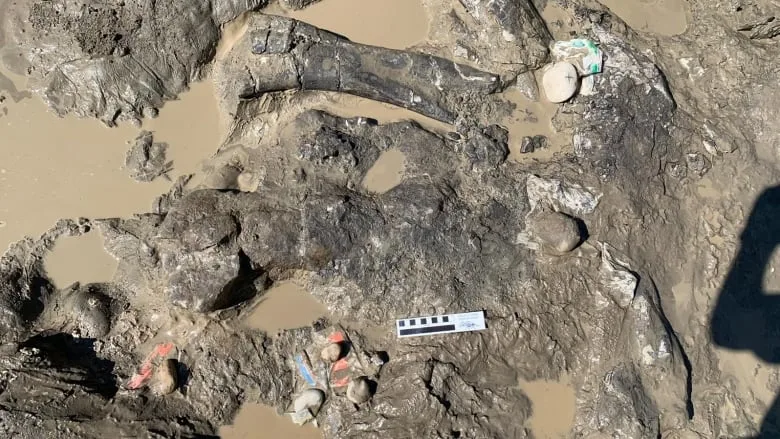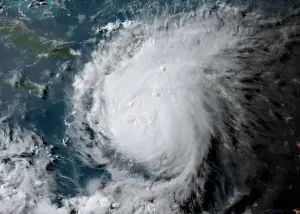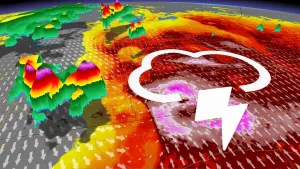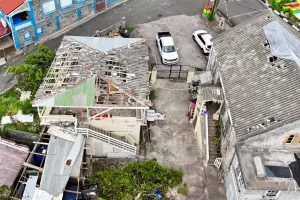
Researchers unearth more dinosaur fossil finds near Grande Prairie, Alta.
--
Paleontologists have excavated more bones from a site near Grande Prairie, Alta., that will help provide a glimpse into how dinosaurs behaved when they roamed the Earth.
In mid-June, researchers discovered the juvenile hip bone of a Pachyrhinosaurus, along with some vertebrae, ribs and foot bones, in the Pipestone Creek bonebed south of Wembley.
MUST READ: 5 essentials to take to the farmers’ market with you on sunny days
At the time of that discovery, the researchers — from the Philip J. Currie Dinosaur Museum in Wembley, Alta., 24 kilometres west of Grande Prairie — had been working to excavate a Pachyrhinosaurus femur, two lower leg bones and a partial juvenile skull that had been uncovered late in the 2021 excavation season.
The fossils provide a snapshot into the lives of Pachyrhinosaurus, a horned four-legged dinosaur that resembled a rhinoceros. Instead of a horn like Triceratops, a distant relative, it had a big bony bump on its nose.
"Everything we know about their behaviour, we know from fossils," museum curator Emily Bamforth, who was part of the research team, told CBC's Edmonton AM on Wednesday.

A photo of the dinosaur bonebed site near Pipestone Creek, west of Grande Prairie Alta., taken on June 22. (Submitted by Philip J. Currie Dinosaur Museum)
"Areas like bonebeds give us a really good indication of how these animals were living together, what their herding behaviour might have been, what their social structures might have been, how they were living, how they were dying."
The researchers also found other fossils last month, including a tyrannosaur tooth, a small theropod tooth and a tooth from a rare mammal.
The Pipestone Creek bonebed is about 35 kilometres southwest of Grande Prairie. Researchers believe the packed bones are a result of dinosaurs dying in a flood that washed them all into that area.
The bonebed was discovered in the 1970s by a local high school teacher. For decades since the discovery, paleontologists have been digging through the densely packed bones. Bamforth said the major push for finding specimens has come in the last decade.
The bonebed inspired the creation of the museum in Wembley, named after paleontologist Philip J. Currie. The museum opened in 2015.
--
"The great thing about this bonebed is that we think it's a single herd of Pachyrhinosaurus that died in a flooding event," Bamforth said.
"So not only do we have the adult dinosaurs, but we also have the babies and the teenagers and kind of, all of the growth stages in between."
Because the bones are packed so tightly together, it's a challenge to isolate specimens, Bamforth said.
"We have to be very strategic about which bones we take out in what order, so we're not damaging the adjacent bones," she said.
MUST READ: Bug bites and rashes got you down? Here are 6 remedies
And although it is tedious work, the fact that they still have so many bones to sift through is an exciting prospect for paleontologists.
"We always joke that it's kind of job security," Bamforth said.
She said they know the bonebed goes back several hundred metres into the hill so "this could literally be worked for another several decades for sure."
The story was written by Kashmala Fida Mohatarem, originally published for CBC News.









